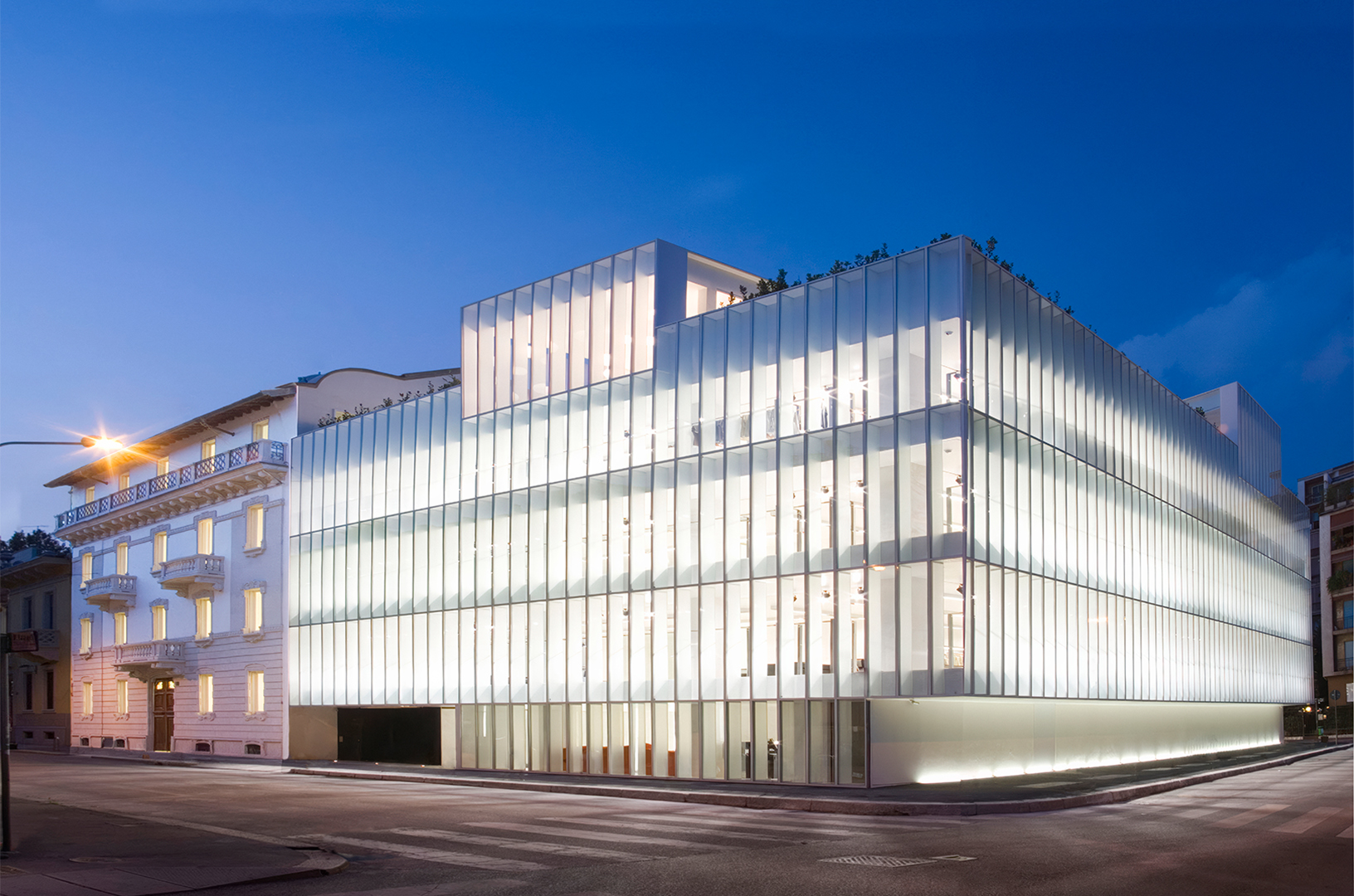October 2025
Dolce&Gabbana accelerates its energy transition journey
The decarbonization program continues: in FY25 the brand reduced direct emissions by 44%
The energy transition stands among the most pressing challenges of our time. For Dolce&Gabbana, embracing it means uniting the strength of tradition with the courage of innovation — honoring a cultural heritage that looks to the future with awareness and determination.
A tangible, measurable, and collective commitment
During the 2024/2025 fiscal year, our commitment to decarbonization translated into tangible results. We achieved 85% of purchased electricity from renewable sources worldwide, surpassing the interim target set out in our Sustainability Plan — a milestone that brings us closer to our ambition of using 100% renewable electricity by 2028 across all our global locations.
This result is the outcome of an integrated strategy built on three main pillars: the procurement of certified renewable energy, the energy efficiency of buildings and processes, and the self-production of energy through photovoltaic systems.
As of March 31, 2025, the company had obtained Leadership in Energy and Environmental Design (LEED) certification for ten buildings, confirming its commitment to optimizing their energy performance. At the same time, the transition towards renewable energy has seen a significant acceleration. To the first photovoltaic system already in operation, two new solar panel installations were added during the 2025 fiscal year. This expansion led to an exponential increase in solar energy production, quintupling the levels recorded the previous year.
In 2024, we joined the Science Based Targets initiative (SBTi), committing to define emission reduction targets aligned with the Paris Agreement. This step strengthens our Net Zero Carbon strategy — the first of the seven pillars of our Sustainability Plan.
Our direct and indirect emissions (Scope 1 and 2, market-based) decreased by 44% compared to the previous year, reaching 6,952 tonnes of CO₂e. Total energy consumption amounted to 59,826 MWh, with 62% derived from renewable sources. These figures reflect a continuous commitment and a long-term vision.
The energy transition is also an opportunity for innovation. Within our production facilities, we have introduced new high-efficiency cutting machines, replaced lighting systems with LED lamps, and installed heat pumps and charging stations for electric vehicles. Every initiative is designed to reduce consumption, improve performance, and contribute to an increasingly sustainable development model.
For Dolce&Gabbana, the energy transition is an ongoing process — one that requires rigour, dialogue, attention, and foresight. A commitment that involves people, expertise, and processes across the entire organization in a shared path of transformation.

